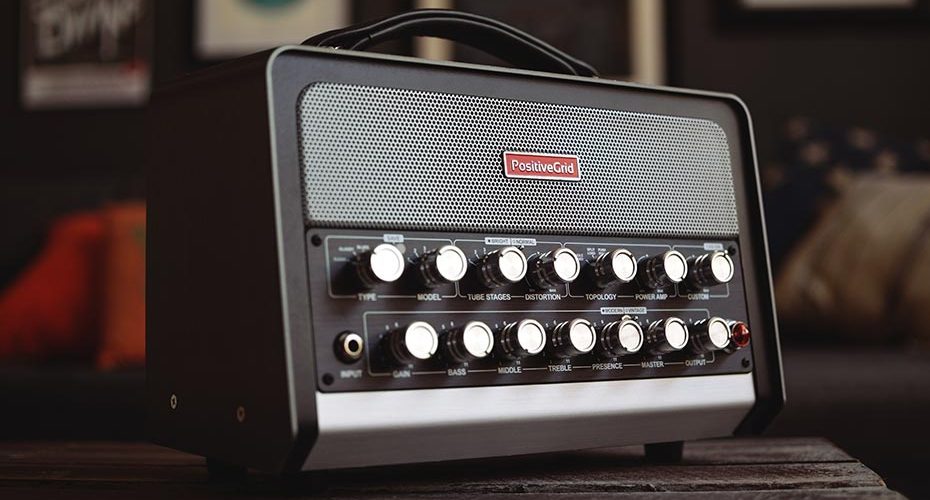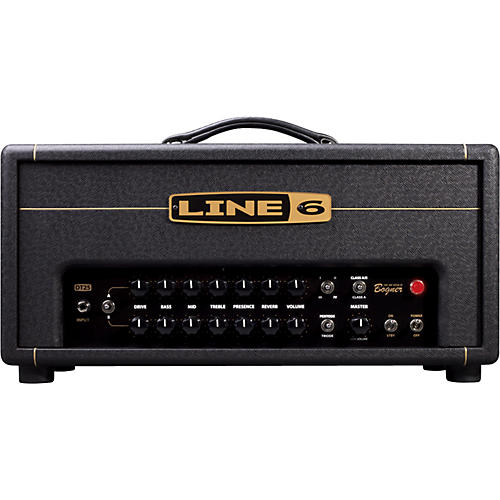

In this example a 1 ohm cathode resistor produces 1 millivolt for every milliamp. The cathode is usually returned to ground via a 1 ohm resistor where the current can be measured. Fixed bias is actually variable via a bias pot. Europeans like to call this "auto bias" which suggests some additional circuit monitoring cathode current but they are referring to the cathode resistor.Ģ. Considerable power supply watts are wasted across this resistor and it gets HOT.

"self bias" that the tube biases itself via a cathode resistor and a grid at 0 volts. These terms were widely accepted by the early 1920's.ġ. Below are the generally accepted terms in all their seeming contradiction. You are correct, self bias can be +/- 20% and you can't do anything about it other than changing the cathode resistor. As an option on customer demand I will make the bias adjustments accessible on the top chassis."

Bias adjustments are required whenever output tubes are replaced- I personally prefer to keep my bias controls inside the amplifier requiring the removal of the bottom cover to adjust the bias. All of my power amplifier designs use a fixed bias voltage that eliminates the cathode resistor and electrolytic by-pass cap producing an amplifier with fast rise times, superior dynamics and transparency. The negative voltage is adjustable and fed to the control grid of the output tube that determines the current flow and class of operation. Fixed negative bias supplies connect the output tube cathode to ground and have an additional negative voltage power supply. Electrolytic capacitors in the signal path further degrade the sound quality. Further a large value electrolytic cap in parallel with this cathode resistor has to be used for a shunt AC path ground return and impedance reduction.
#Where to ground bias guitar amp series
With cathode biased amplifiers the speed and rise times are much slower due to the large value cathode resistor that is in series with the audio output. Amplifiers with this type of bias do not require any adjustments when output tubes are replaced and are less expensive to the manufacture as no additional negative power supply or controls are required- just a cathode resistor and by-pass capacitor. This raises the cathodes above the ground potential in effect creating the required negative grid number one voltage on the output tubes that determines the current flow and class of operation. ".Cathode/ automatic/ self biasing amplifiers use a large resistor impedance between the cathodes of the output tubes to ground. I am not technically savvy, but here's an explanation from someone who is - the mfr of mcalister amps from his website:


 0 kommentar(er)
0 kommentar(er)
